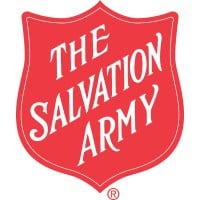
The Salvation Army
The Salvation Army is the nation's largest direct provider of social services. Annually, we help millions overcome poverty, addiction, and spiritual and economic hardships by preaching the gospel of Jesus Christ and meeting human needs in His name without discrimination in nearly every zip code. By providing food, shelter, eviction prevention assistance, emergency disaster relief, rehabilitation, after-school and summer youth programs, spiritual enrichment, and more, The Salvation Army is doing the most good at nearly 7,000 centers of operation around the country. The Salvation Army, an international movement, is an evangelical part of the universal Christian church. Its message is based on the Bible. Its ministry is motivated by the love of God. Its mission is to preach the gospel of Jesus Christ and to meet human needs in His name without discrimination.






